
Condition analyzed
For the people whoare not that familiarized with the condition in question, the most importantthing to know is that gout belongs to the category of rheumatic illnesses,which is responsible for inducing joint inflammation. The most frequent primaryonset points are the person’s toes and the feet. As a matter of fact, almost 70%of people who fall under gout’s influence feel it first in the joint of theirbig toe. When it comes to the target group whose members should be especially onthe lookout, it ranges all the way from the early 40s to the 60 years of age.The manifestations include intermittent and acute bouts of painful anddifficult to bear arthritis in the above mentioned joints, as well as in the knee,ankle, wrist and hand joints.
Underlying causes
The highly unpleasantcondition in question occurs as a direct consequence of great amounts of theuric acid in the person’s blood. Under regular circumstances, uric acid isexcreted from the body by way of urine. However, in some cases, abuildup that results in the formation of crystals occurs, which then pile up in thearea surrounding the tendons, as well as joints. Furthermore, this sets onalmost immediately, a quite severe inflammation, accompanied by intense pain, aswell as by stiffness and swellings.
Undesirable alcoholinduced effects
One of the researchstudies more recent in date was based on the observation of 47,150 men (40-75years old) and their drinking preferences during a twelve year period.Important to state is that all of the above people had no “unsolved” problemswith gout prior to the start of the research study in question. By the time thekey period came to an end, the researchers noted no less than 730 confirmedincident cases of gout. When compared to the people who did not consume anyalcohol, it was discovered that the increase in the number of cases wasconsistent with the increase in the amount of alcohol consumed.
In those people whoconsumed less than one drink per day, the relative risk amounted to 1.32,whereas in those people who drank one or two the increase went all the way to 1.49. Those with two or three drinks further increased to the point of 1.96, andfinally those consuming more than 3 drinks reached the point of 2.53 RR.
As far as the mostinfluential alcohol beverages are concerned, the researchers found that to benone other than beer – 12 oz per day equaled 1.49 RR. When it comes to suchspirits as whiskey, brandy, gin, vodka, their influence was not negligible – 1.15, if a person averaged one shot per day. The only alcohol beverage that was notdeemed influential on the development of gout was wine – 4 oz of wine of anykind per day did not induce any gout or gout related consequences.


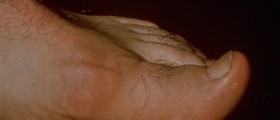


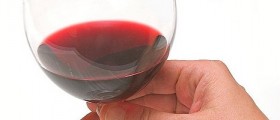



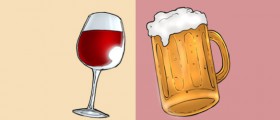
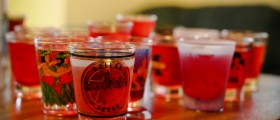


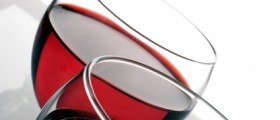



Your thoughts on this
Loading...